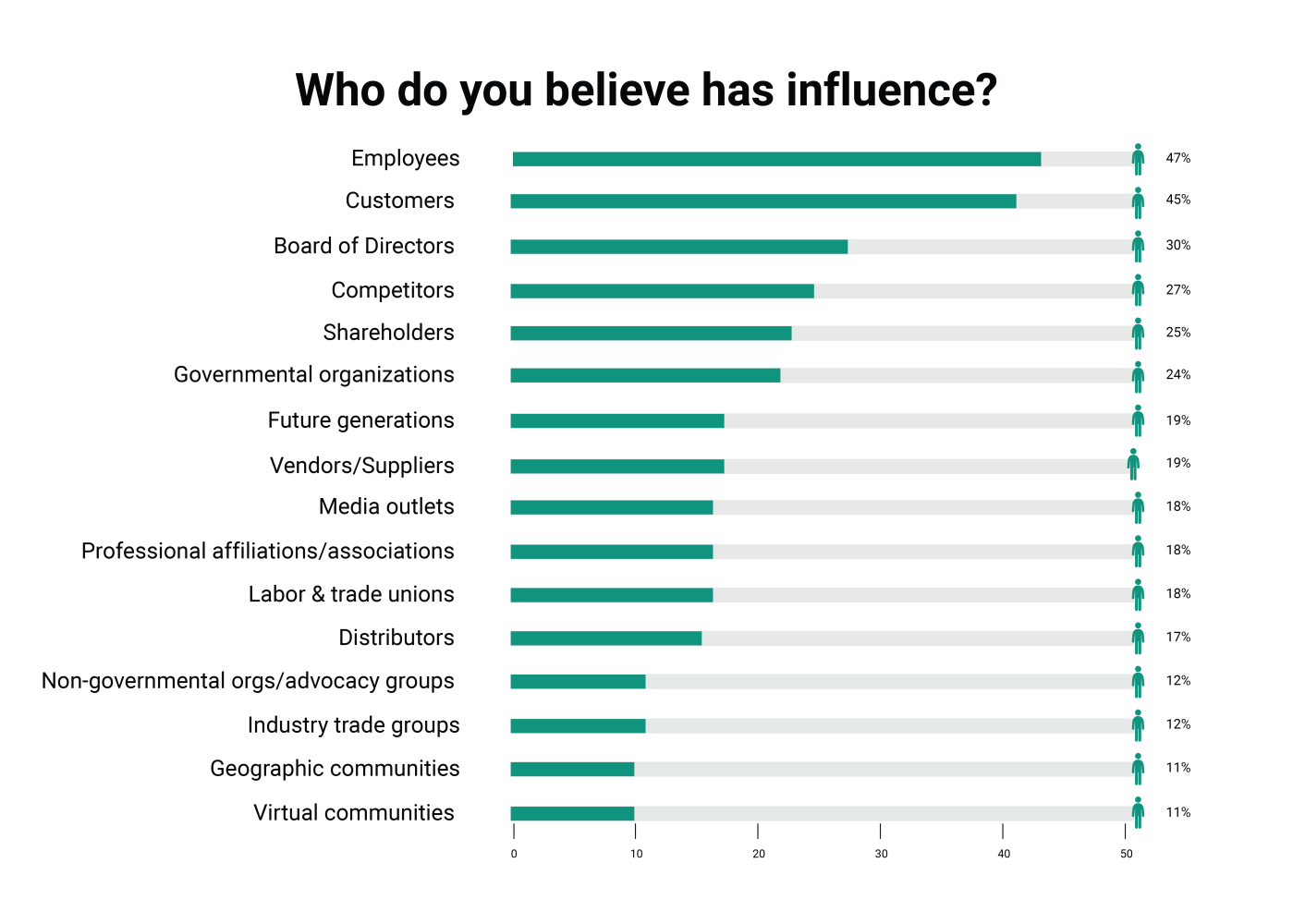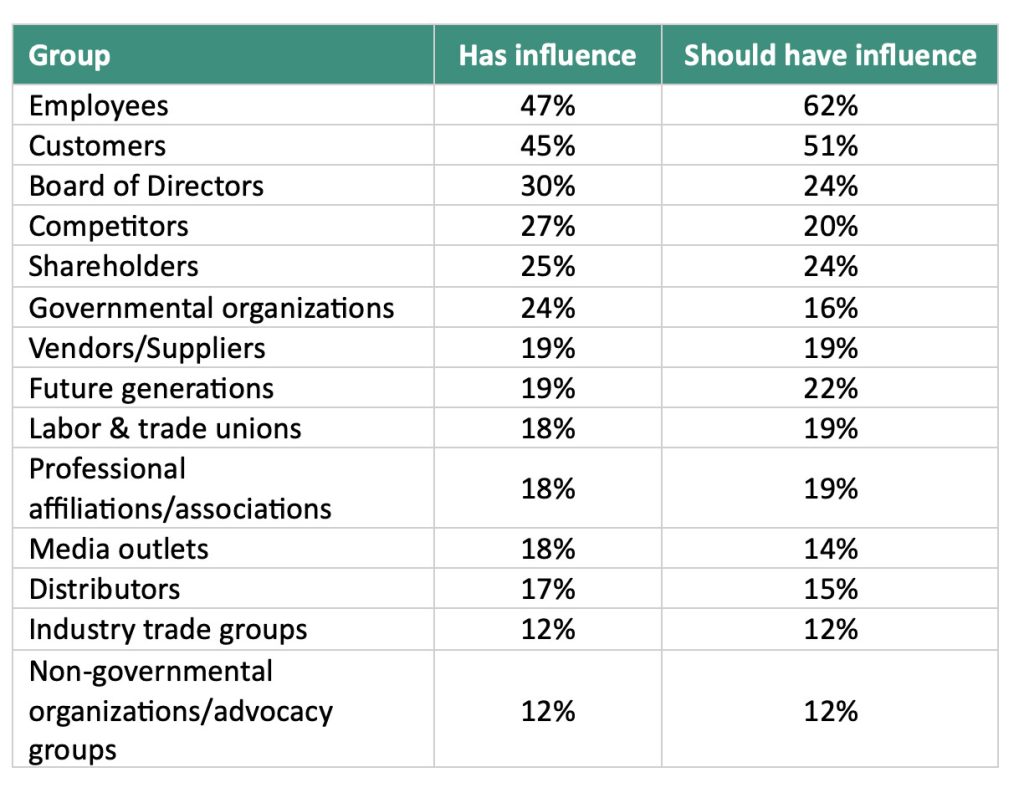Your company’s influencers are coming from inside your organization.
Those of us who communicate for a living are in the business of influence. We shape the reputations of our organizations, the narratives coming from leaders’ mouths, and — critically — the stories we tell ourselves about who we are. But today, we seek influence in a media and information landscape of unprecedented complexity.
One way for leaders to think about that landscape is as a network of influence. Your network is vastly larger than it was 10 years ago, and it has no clear boundaries. New voices can join at any time. Ideas flow continuously in all directions. You can’t control the narrative. You can’t forecast disruption. Often, you can’t predict the context in which your messages will land. You’re doing improv, and you have to read the room every minute.
In April, I chaired the 2023 Page Spring Seminar and made the case that it’s time to replace “know your audience” with “know your network.” The theme is “Influence at Work: New Rules to Reach and Persuade Those Who Matter most.” So where do you start? At Integral, the employee experience agency I founded in April 2018, we have always argued that the most influential voices in any organization’s network are its employees.
Employees agree: employees are an organization’s most influential voices.
This month, as part of our ongoing partnership with The Harris Poll, we conducted a national survey of 1,200 employees to understand how they think about influence within their organizations. We asked both “who has influence?” and “who should have influence?”.
The results were striking. We gave respondents a list of 16 constituencies and asked them which ones they believe have the most influence on their company’s actions. The group most often cited as influential was employees – ahead of customers, the board of directors, competitors, and shareholders:

Next, we asked who should have influence on their company’s actions:

While the top answers were similar, there were important differences.
Far more respondents said employees should be influential than said employees are influential – 62% to 47%, the largest gap in our survey. Respondents also said customers should be more influential than they are (51% to 45%), while boards of directors and competitors should be less influential than they are:

The results also underscored the fact that employees are a diverse public.
Employee needs and attitudes vary by age, race/ethnicity, gender, political philosophy, and other factors. For example:
- Male employees are more likely than female employees to say that several groups should have influence over their company’s actions: the Board of Directors (29% vs. 18%), Shareholders (28% vs. 19%), and Distributors (18% vs. 11%)
- Black employees are far more likely than either Hispanic or white employees to cite racial inequality and related issues as something they would like to see their employer influence in society (38% vs. 17% and 12%, respectively.
- Younger employees are more likely than employees ages 45+ to advocate for the influence of labor and trade unions (25%) professional affiliations/associations (24%), distributors (22%), media outlets (22%) and geographic communities (10%).
Are you treating your employees as essential influencers in achieving your business objectives?
Our most important takeaway is that your employees are the leading voices in your network. And, they want to be.
Employees are your most important public. Listen to them. Understand them. Engage them in and enable a multidirectional dialogue.
When they talk about your organization – on LinkedIn, Glassdoor, Fishbowl, or a dozen other channels – their voices will be among the most trusted. And, not coincidentally, those engaged employees will be a huge driver of your business results.
Want to learn how to put employee influencers and experience to work in service of your business strategy?
